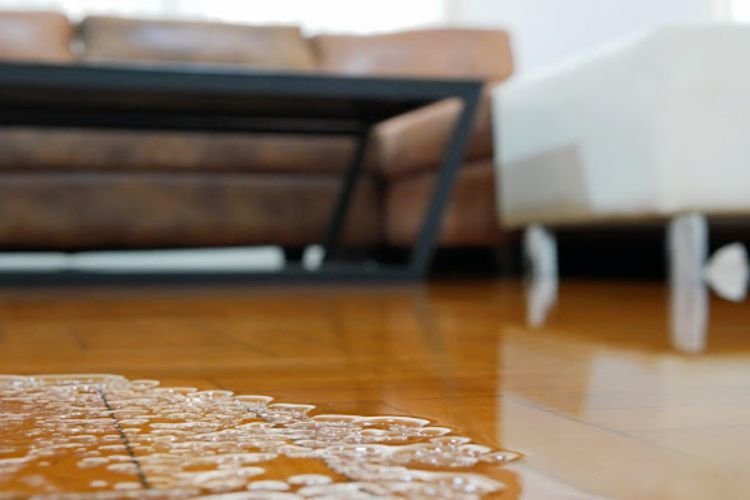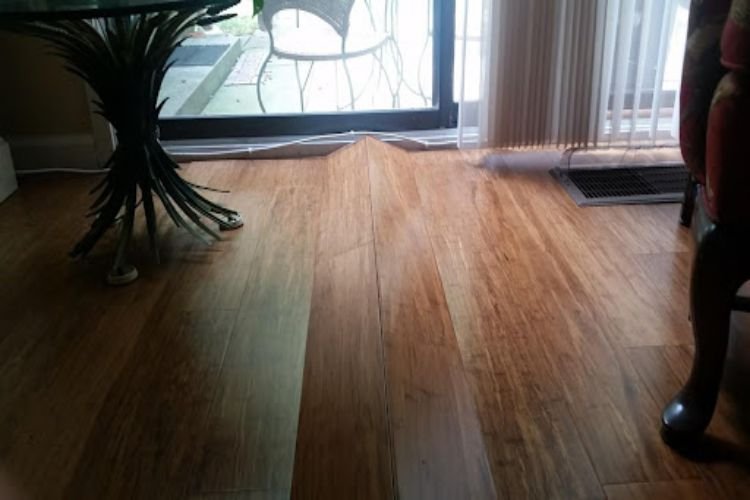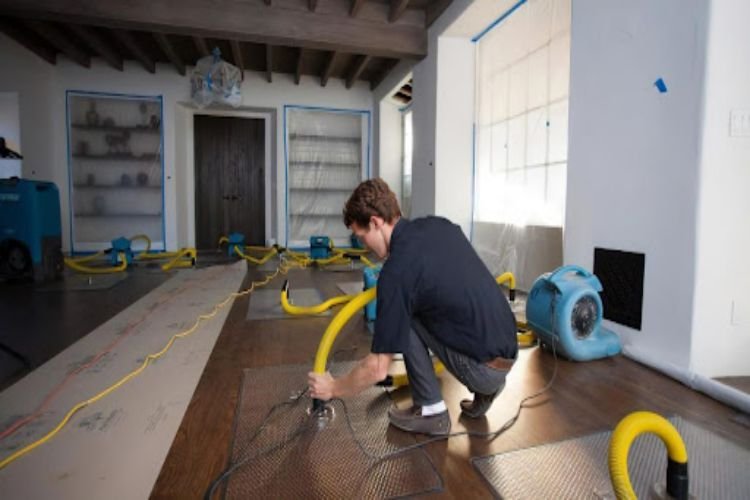 Suppose you’ve recently experienced a leak or flood in your home. Even if you’ve reacted on time, there’s a high chance that water has gotten into certain parts of your home and reached the structural elements of the building. In that case, it’s probably time to call in water damage restoration services.
Suppose you’ve recently experienced a leak or flood in your home. Even if you’ve reacted on time, there’s a high chance that water has gotten into certain parts of your home and reached the structural elements of the building. In that case, it’s probably time to call in water damage restoration services.
Some indicators can be quite visible after the already mentioned flood or storm. Also, pipe bursts are common causes of building deterioration. But some signs can be more subtle, like high water bills or changes on the walls or floors. They usually indicate hidden leaks, spills, pipe bursts, or overflows.
By the time you notice hidden indicators of water damage, these can already cause substantial problems. Even a tiny leak can cause significant damage, such as soaking into your floors and walls, soft furnishings, wooden doors and window frames, and electrical systems. Luckily, experts from Dependable-Restoration.com explain that these problems are easy to deal with when spotted on time.
Discoloration and Superficial Changes
Water-damaged walls and floors will feature discoloration, moldy spots, and changes in appearance. If you see any of these on drywalls, it could mean that moisture has entered the drywalls over a leaky roof or pipes. Discolorated areas are often softened or peeled.
If you notice spots on the walls that look like a wet splotch, you’re likely dealing with water damage. That’s a common symptom of hidden leaks somewhere behind walls. Painted surfaces saturated with moisture will peel, bubble, or become soft.
If left untreated, water damage will spread and cause many problems. For example, it will trigger mold and mildew growth. That will eventually lead to many health problems. Then, hidden moisture can ruin your house structure. A good water damage restoration company can fix all these problems and get your home back to normal as soon as possible.
Strange Odors
When you live in a house for a long time, you get used to its sounds and odors. That’s why any unusual sensation (strange smell or noise) should be a warning to you of a potential problem. For example, you might notice a nasty, musty smell coming from your furniture, carpet, or walls. The reason behind that can be standing water and bacteria developing in moist areas.
The smell can also come from pipes, leaky or clogged. If pipes are leaking, they release bacteria and germs that cause the odor. On the other hand, a rotten egg smell indicates sewage issues and should be immediately investigated.
Mold Infestation
The primary sign of water damage is mold infestation. You may notice mold patches on walls or smell musty air. But keep in mind that this problem probably appeared earlier. You may not notice mold spores, but they will spread as soon as they reach acidic and moist surfaces. That’s how your walls got their moldy spots.
Mold is most likely a symptom of a larger issue, such as leaky pipes or high humidity. So whenever you suspect the infestation, try to clean small areas of mold yourself. Always wear protective clothes and masks. In severe infestations or when you’re allergic to spores, you might need professional help to remove the mold altogether.
In the following source, find some guidelines on DIY mold treatments:
https://www.moneypit.com/diy-mold-removal/
Floor Problems
 When suspecting water damage, buckling, warping, and shifting tiles are things to look for on your floor. If moisture has penetrated the floor, the wood may be rotting. And if wet for a long time, tiles can separate and warp. So, as you can see, there are many ways to tell that your floors are impaired by moisture.
When suspecting water damage, buckling, warping, and shifting tiles are things to look for on your floor. If moisture has penetrated the floor, the wood may be rotting. And if wet for a long time, tiles can separate and warp. So, as you can see, there are many ways to tell that your floors are impaired by moisture.
Unfortunately, these signs usually indicate your home needs water damage restoration. Small leaks can lead to much bigger problems later, such as mold growth or timber decay. They can also damage electrical systems and appliances. That will lead to power surges and risks of fire.
After spotting water damage, you may be able to save some money by repairing it yourself. But it’s usually not just about drying out and cleaning. You have to be careful to prevent mold growth. Also, you must know when it’s time for a new floor. Learn more about these crucial steps in our detailed report: Read full report
Excess Moisture in Air
Suppose you notice excessive humidity in your home; humidity sensors or moist meters are handy devices that will alert you on this problem. This excess moisture in the air can lead to various issues, from mold growth and pest infestation to weakening building structures and other issues. It can also cause many health problems, such as respiratory issues or allergies.
Excessive moisture can be hard to spot when you don’t have humidity sensors or a delicate sense of smell. In that case, it’s good to have occasional air quality checks. Professionals can inspect your home with advanced diagnostic tools to find hidden sources of moisture.
What Is Water Damage Restoration
 Water damage restoration is not a DIY project, although you can do some things to help yourself. Cleaning and drying out flooded rooms or removing ruined furniture always helps. But it’s always best to call professionals. Water damage restoration includes several steps, and you can be sure they won’t miss any.
Water damage restoration is not a DIY project, although you can do some things to help yourself. Cleaning and drying out flooded rooms or removing ruined furniture always helps. But it’s always best to call professionals. Water damage restoration includes several steps, and you can be sure they won’t miss any.
Restoration starts with evaluating the extent of the damage. It includes assessing the water infiltration, determining whether deep cleaning is needed, and restoring the property to pre-damaged conditions. It’s good to have this assessment done by professionals, as they will calculate exact costs and help you budget the restoration project.
The next is a clean-up phase. It entails the removal of any standing water and drying out the affected property. The step after that involves structural repairs, such as replacing damaged floors and walls. In the meantime, restoration companies can help you file your insurance claim and get your out-of-pocket costs covered by your insurer.
Standing water or hidden leaks can lead to permanent damage, making repairs and restoration more complex and expensive. So it’s essential to remove excess moisture from your home as quickly as possible to avoid further problems.




